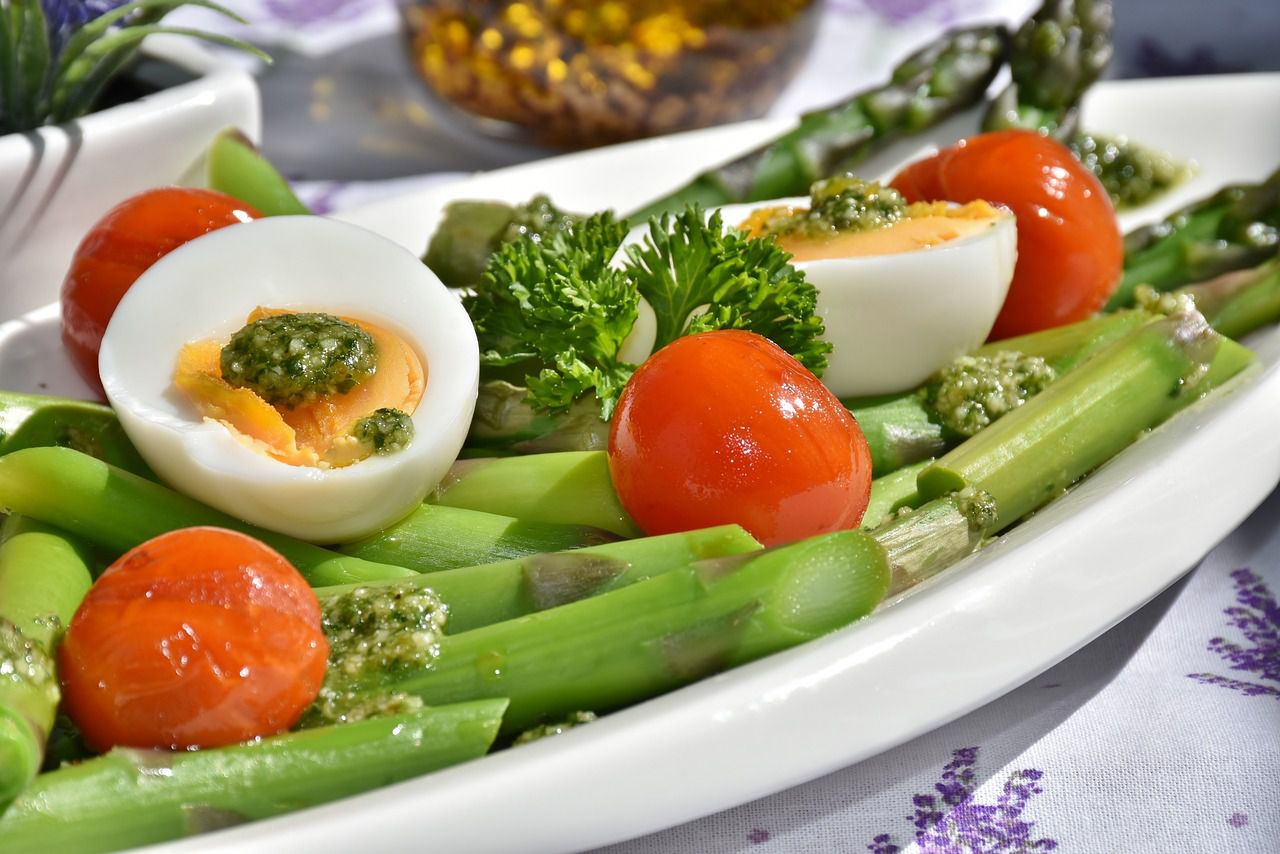We all have unique preferences in food tastes and textures, but how are they formed?
Preferences in tastes and textures of food are shaped by a complex interplay of biological, psychological, cultural, and experiential factors.
Here's how these preferences are formed.
Genetics
Genetic makeup can influence a person's sensitivity to specific tastes, such as bitterness or sweetness.
Genetic variations can make certain foods taste more appealing or aversive.

Taste Receptors
Taste buds on the tongue contain receptors for various taste sensations like sweet, salty, sour, bitter, and umami.
These receptors affect how we perceive flavors.
Infancy and Childhood
During infancy and childhood, taste preferences are shaped as children are introduced to various foods.
Early exposure to diverse flavors can lead to greater acceptance of different tastes later in life.
Food Pairing
Pairing new or unfamiliar foods with familiar and preferred foods can make them more appealing, especially to children.
Oral Sensitivity
People vary in their oral sensitivity to textures.
Some individuals may be more sensitive to certain textures like slimy, gritty, or crunchy, impacting their preferences.
Associations
Positive or negative associations with specific foods or flavors from past experiences can influence preferences.
Comfort foods, for instance, evoke positive emotions.
Learned Responses
Preferences can be learned through conditioning. If a food is associated with reward or pleasure, it's more likely to become preferred.
Cognitive Development
As cognitive abilities develop, individuals become more open to trying new foods and flavors.









